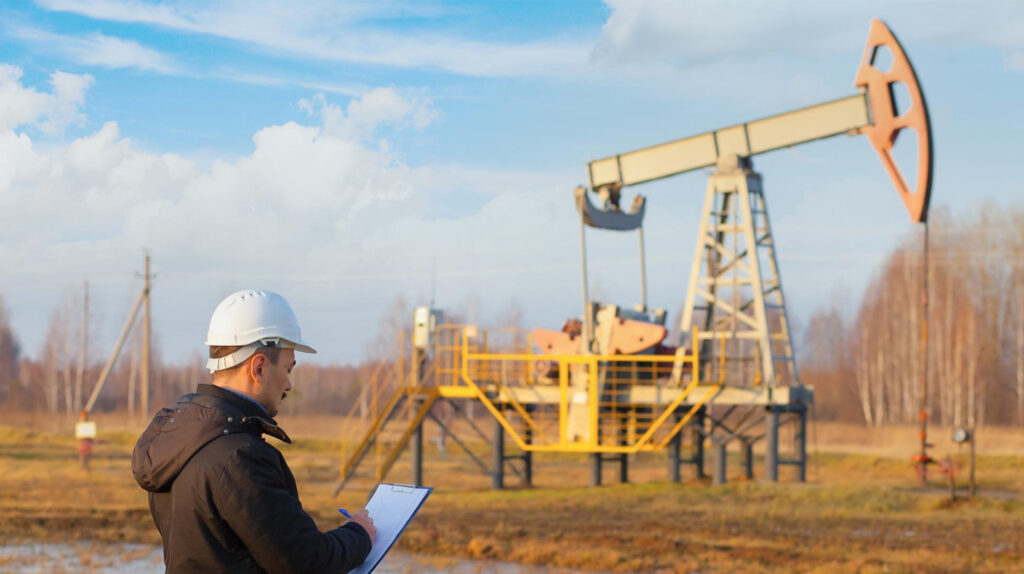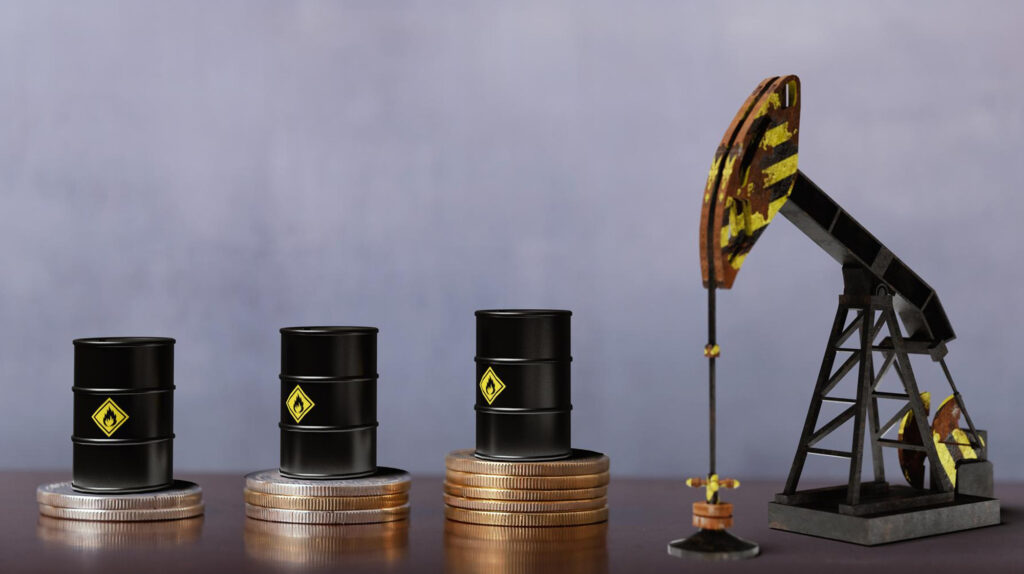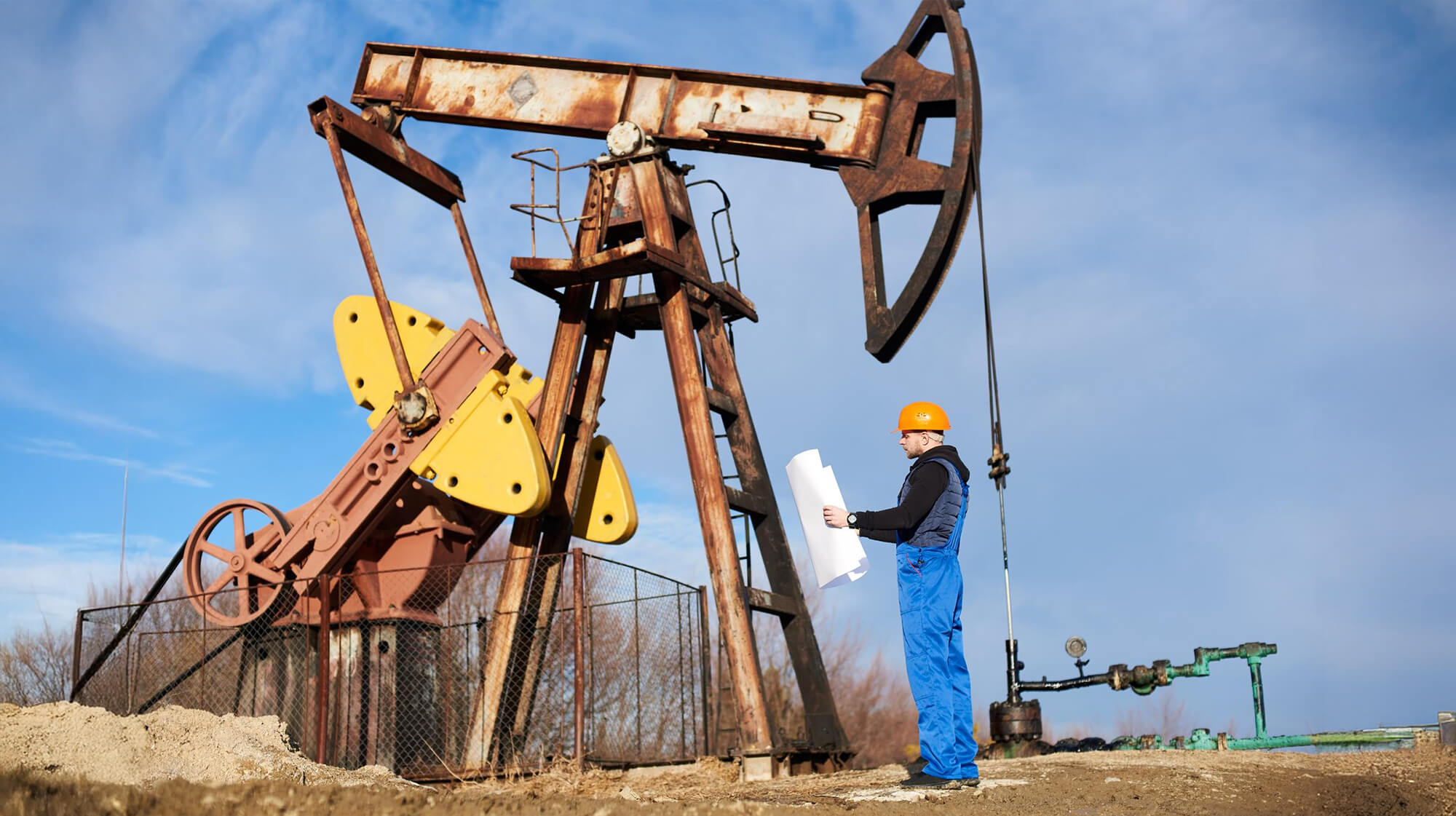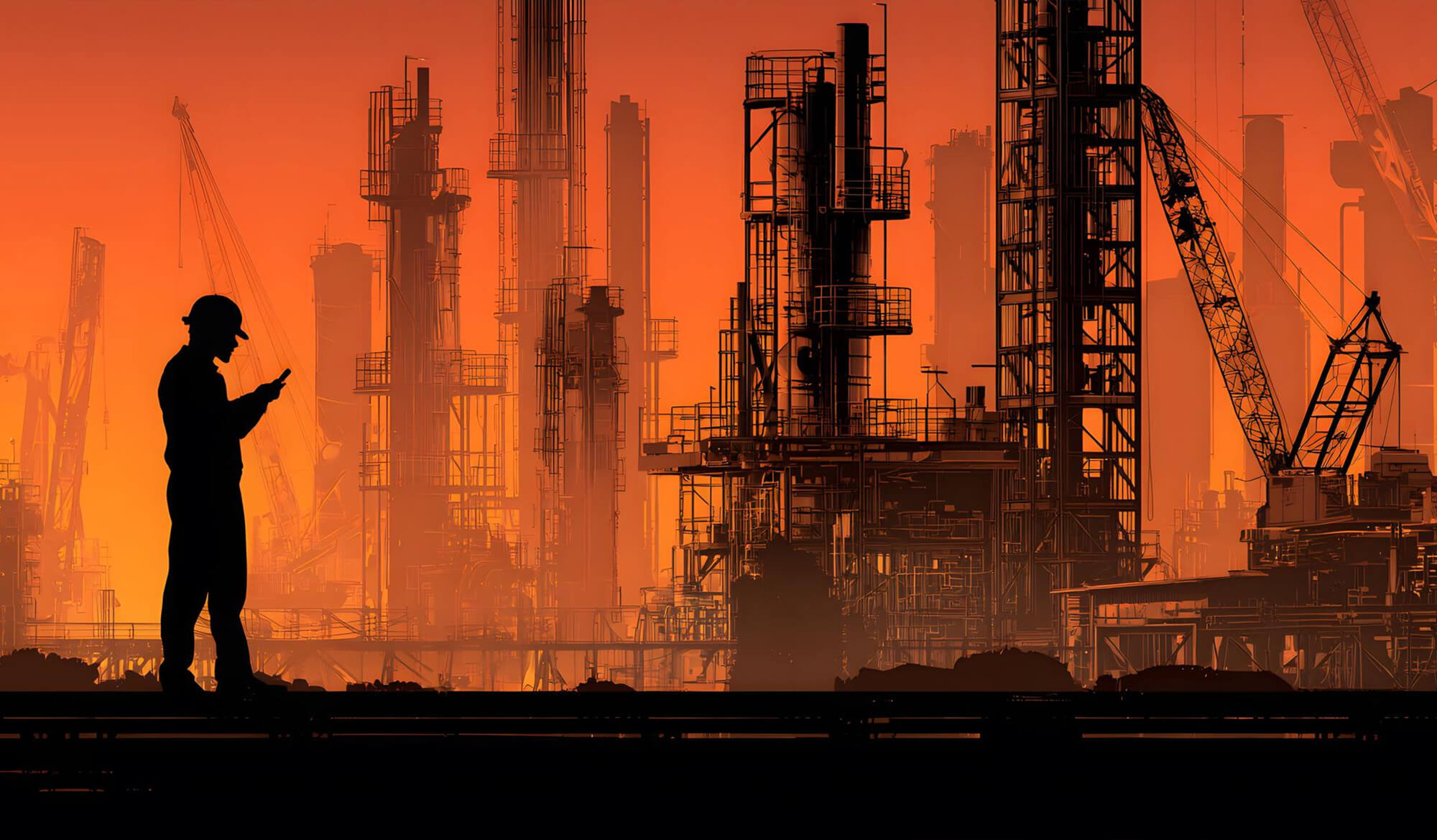How Energy Market Trends Impact Your Mineral & Royalty Valuation

If you own mineral rights or oil and gas royalties, understanding what determines their value can feel like trying to hit a moving target. While your acreage may contain valuable resources, the market forces driving its worth go far beyond what’s underground. From commodity prices to drilling activity, operator health, and even international politics, dozens of factors influence how much your assets are worth at any given moment.
Whether you’re looking to sell, hold, or just better understand your royalty portfolio, it’s essential to stay informed about the macro and micro trends shaping the energy landscape. Transparency is key, so here’s what to look out for.
Commodity Prices & Demand Cycles

The most visible driver of mineral and royalty values is the price of oil and natural gas. When prices rise, the future cash flows associated with producing acreage increase, so the value of royalties typically climbs as well.
But it’s not just spot prices that matter, futures pricing and long-term demand trends also play a role. If oil is trading high today but expected to dip in coming years, buyers may discount your royalty’s future potential. Conversely, long-term bullishness on gas (e.g., due to LNG exports or a shift toward natural gas for power generation) can lift valuations, even if current prices are flat.
Demand cycles are influenced by broader energy consumption patterns, including shifts toward renewables, EV adoption, and seasonal factors like winter heating or summer electricity demand.
Operator-Centric Factors
Even the best acreage depends on the quality of the operator drilling and managing wells. The financial health, efficiency, and technical capability of the operator all affect the likelihood of your minerals being developed, and how efficiently they’ll be produced.
If your acreage is operated by a well-capitalized and growth-oriented company, buyers may view it more favorably than acreage run by a smaller, debt-laden operator.
Recent bankruptcies or consolidations in the energy space can shift the outlook dramatically. A financially troubled operator may delay drilling or fail to execute new projects. On the flip side, if your acreage is acquired by a larger operator with better rigs, more capital, and a history of development, your valuation may increase immediately.
Drilling Activity & Rig Counts

One of the clearest near-term indicators of mineral value is drilling activity. Are new rigs being deployed in your area? Has your operator filed permits to drill more wells nearby, or even *on* your acreage? If so, this can increase valuations tremendously.
In general, the number of active rigs in a county or basin directly impacts valuation models. More rigs often mean more wells, more production, and, ultimately, larger royalty checks.
In today’s tight capital environment, many operators are focused on drilling in their highest-return acreage. If your minerals lie in one of those zones, it can dramatically increase your asset’s attractiveness.
Technology & Extraction Innovations
Advancements in drilling and completion technologies have consistently changed the economics of mineral development.
Longer laterals, multi-well pad drilling, zipper fracs, and next-generation proppant designs are helping operators extract more oil and gas from the same acreage. If your minerals are located in areas where operators are deploying these technologies, the expected production per well increases, pushing up the value of your royalties.
Additionally, improved seismic imaging and reservoir modeling are helping operators identify sweet spots with far greater accuracy, reducing the number of dry or underperforming wells.
Economic & Inflationary Pressures
In an inflationary environment, hard assets like minerals can become more attractive, but there’s nuance.
Rising interest rates can compress valuations by making future cash flows less valuable when discounted back to the present. This is especially important for long-lived royalties with decades of projected income.
Conversely, high inflation in operating costs (like steel, labor, or sand) may cause operators to delay drilling, reducing the near-term value of undeveloped acreage.
However, the broader trend of minerals serving as inflation-resistant assets often draws more buyers into the space during times of economic uncertainty, so inflation is generally a bullish force for valuations.
Regulatory & Geopolitical Forces
Government policy and global events can ripple through the energy market in unpredictable ways.
New federal or state regulations, such as tighter methane rules, leasehold restrictions, or permitting slowdowns, can directly impact operator activity. On the other hand, streamlined permitting or pro-energy legislation may speed up development in select areas.
Geopolitical instability, like war in the Middle East or disruptions in Russian gas supplies, can send commodity prices soaring overnight. Similarly, global energy policy decisions, such as OPEC production cuts or shifts in Chinese demand, can impact royalty valuations in the U.S., even if your minerals are located far from global conflict zones.
Takeaway
What’s the takeaway? Your minerals are worth more when you understand what drives their value and stay informed.
If you’d like a no-obligation valuation for your mineral interests, simply fill out our Request An Offer form and we’ll get back to you promptly. We pride ourselves in helping mineral owners make informed & empowered decisions and will engage with you in a fair and transparent fashion.




